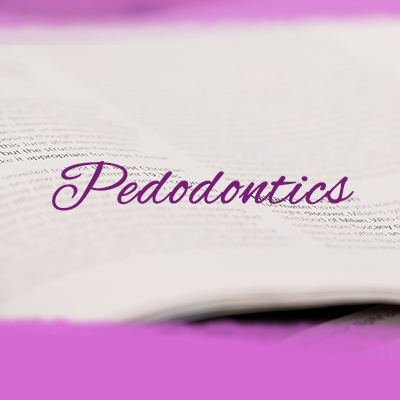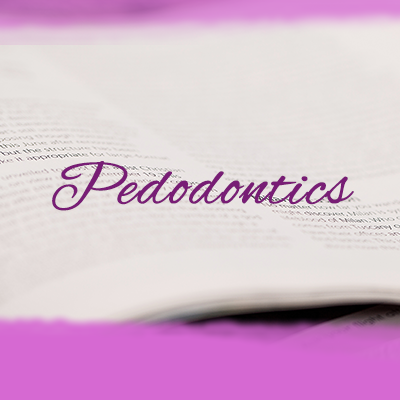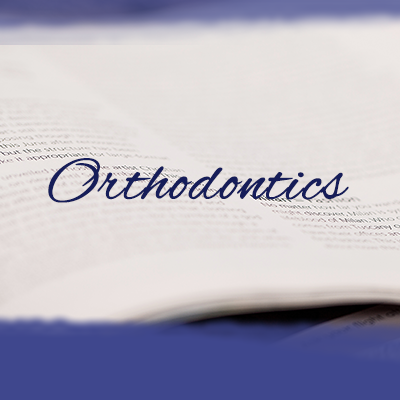Dental Anomalies in Rare, Genetic Ciliopathic Disorder—A Case Report and Review of Literature
Primary ciliary dyskinesia (PCD) is a rare, ciliopathic disorder. In many ciliopathies, dental anomalies are observed alongside other symptoms of the disease. To date, there are no published reports concerning the dental developmental problems that are associated with ciliary defects in PCD patients.
-Methods: Patients suffering from PCD underwent dental clinical examination, which included the assessment of developmental disorders regarding the number and morphological structure of the teeth (size and shape) as well as developmental disorders of mineralized dental tissues. Then, the three-dimensional radiographic examination was performed utilizing Cone Beam Computed Tomography (CBCT).
-Results: Four PCD patients, aged 31-54, agreed to enter the study. Dental examinations showed the presence of dental developmental disorders in three of them. Additionally, CBCT showed abnormalities in those patients.
-Conclusions: 1. The dental phenotype in PCD patients seems to be heterogeneous. Tooth developmental disorders resulting from abnormal odontogenesis may be a symptom of PCD that is concomitant with other developmental abnormalities resulting from malfunctioning primary cilia. 2. Patients with ciliopathies are likely to develop dental developmental defects. T
herefore, beginning in early childhood, they should be included in a targeted specialized dental programme to enable early diagnosis and to ensure dedicated preventive and therapeutic measures.





